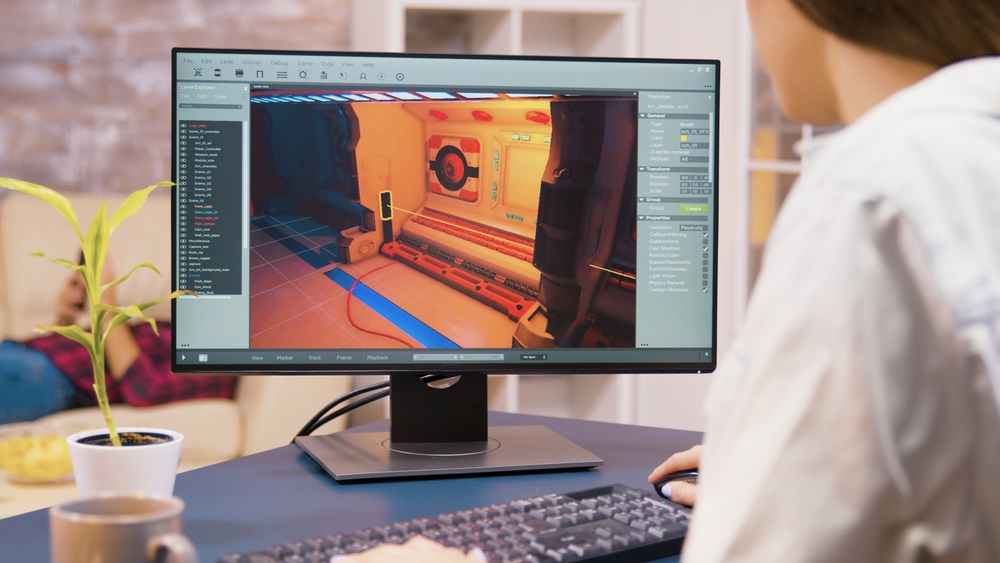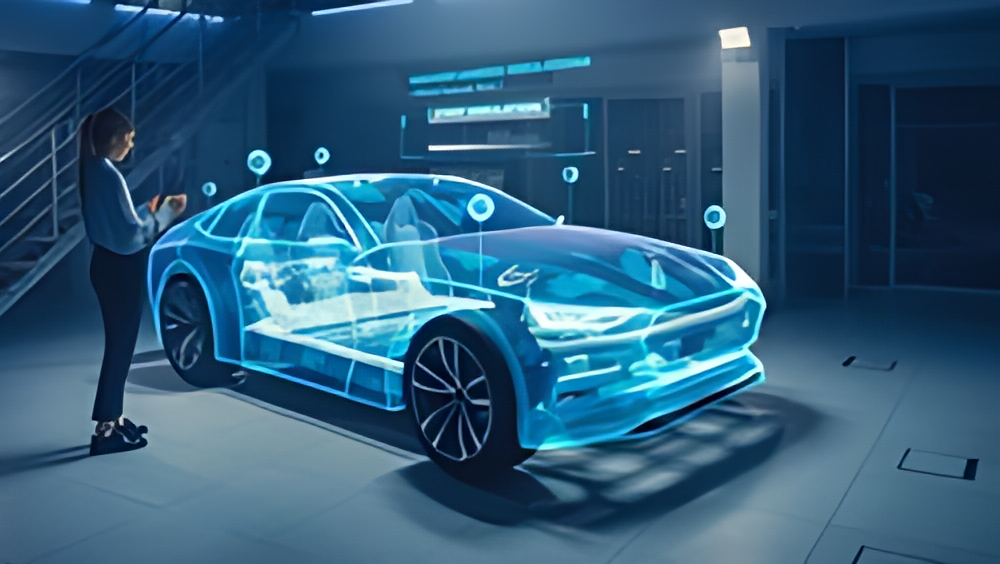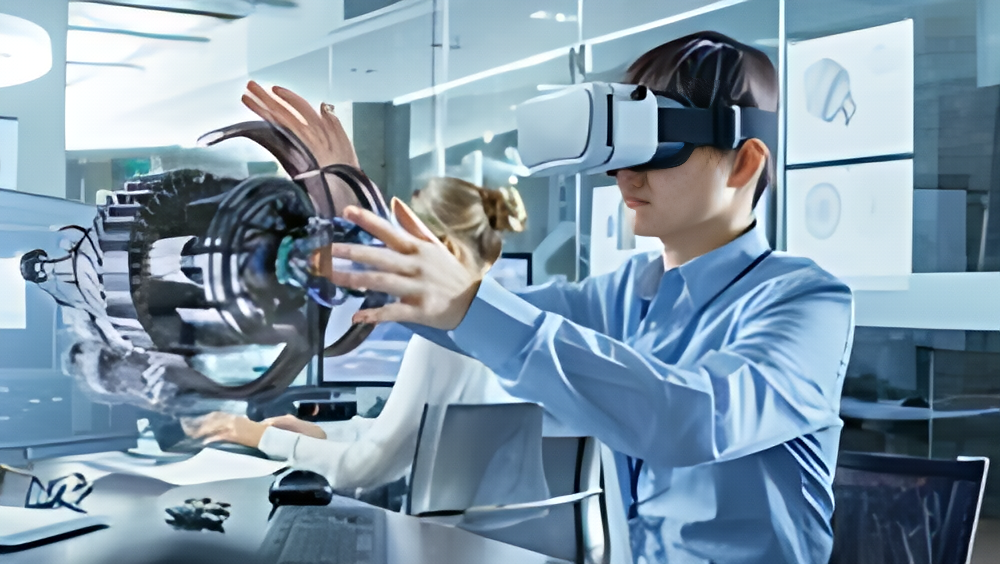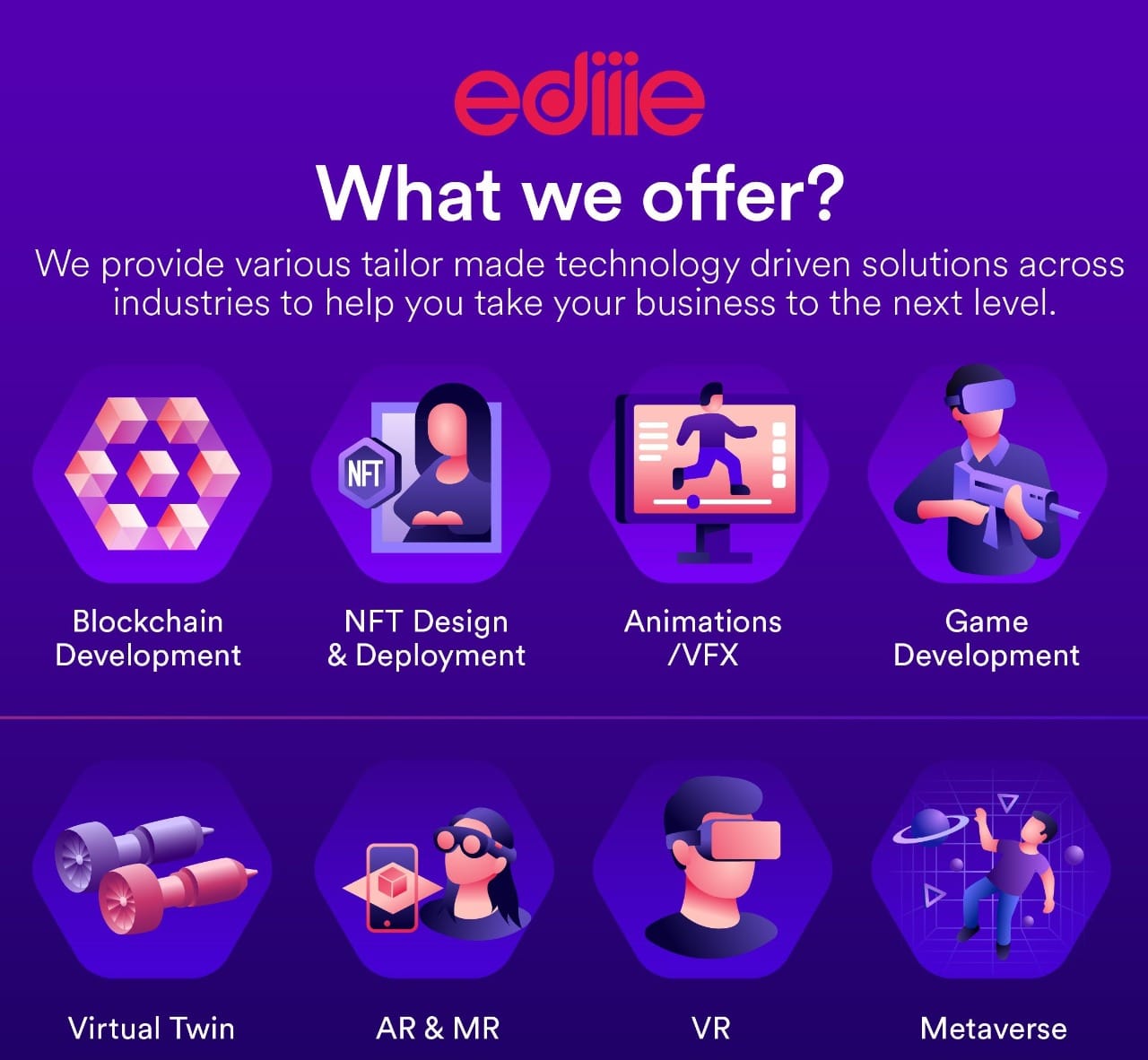Creating Immersive 3D Animations: Tips and Tricks from Industry Experts
Have you at any point watched a 3D animation and felt totally shipped to a different universe? The magic of vivid 3D animations can enamor crowds, however, making those dazzling visuals requires a ton of expertise and mastery.
We talked with industry specialists who shared their top tips and deceives for rejuvenating your animations. Whether you're a carefully prepared illustrator or simply beginning, these bits of knowledge will assist with taking your work to a higher level.
So lock in and prepare to jump into the astonishing universe of 3D animation!
Introduction to 3D Animation
Three-layered animation is the most common way of establishing moving pictures in a computerized climate. This sort of animation is utilized widely in films, computer games, and TV advertisements. Industry specialists utilize various strategies to make practical and exact animations.
The most vital phase in creating 3D animations is to make the models that will be utilized in the animation. These models can be made utilizing an assortment of programming programs.
When the models are finished, they should be finished and lit. After the lighting has been concluded, the animation can start.
Illustrators utilize different strategies to make sensible developments. Keyframing is quite possibly of the most well-known technique used to invigorate objects.
In keyframing, the illustrator makes a progression of keyframes, or depictions, of the item's development. These keyframes are then played back in progression to make the deception of development.
One more famous technique for energizing articles is movement catch. Moving catch, an entertainer wears a unique suit that is shrouded in sensors. As the entertainer moves, their movements are caught by the sensors and converted into computerized information.
This information can then be utilized to enliven a 3D model.
While making animations for intuitive media, for example, computer games, it is essential to consider how the client will communicate with the climate. Illustrators need to make animations that are receptive to client info and look normal simultaneously.
Client testing is fundamental for guaranteeing that.
Related post: Rotoscoping in 2D and 3D Animation
Overview of the Different Types of 3D Animation
The various sorts of 3D animation are:
1. Keyframing
This is the most essential type of animation, where you just determine keyframes (outlines in which certain articles or characters are in unambiguous positions) and the product fills in the mediating outlines.
2. Movement catch
This includes recording genuine development and applying it to virtual characters. This should be possible with unique gear that tracks the development of markers put on an entertainer's body, or by physically keyframing from recorded video film.
3. Fixing
This is the method involved with making a virtual skeleton for a person, which can then be enlivened utilizing keyframes or movement catch information.
4. Molecule frameworks
These are utilized to make reasonable impacts like fire, smoke, water, and so forth. By indicating boundaries like size, variety, and speed, you can make complex animations that would be hard to accomplish with customary keyframing procedures.
5. Liquids
Liquids reproductions are utilized to sensibly vivify fluids (and once in a while gases). By indicating boundaries like thickness and consistency, you can make credible fluid animations.
6. Material
Material recreations are utilized to vitalize texture, hair, and other delicate materials. By indicating boundaries like firmness and wind obstruction, you can make trustworthy fabric animations.
Understanding the Basics of 3D Animation and Modeling
Three-layered (3D) animation and demonstrating are both fundamental abilities for anybody hoping to make vivid, sensible, and connecting with computerized animations.
However the two terms are frequently utilized reciprocally, there is a qualification between the two: 3D animation centers around the movement of items inside a three-layered space, while 3D displaying is the method involved with making three-layered objects.
Both 3D animation and displaying require major areas of strength for an of the standards of three-layered calculation and an eye for detail. To make reasonable animations, specialists should have an intensive comprehension of weight, equilibrium, and physical science.
Modelers should have the option to make an interpretation of their 2D representations into completely acknowledged 3D models.
The main thing to recollect while beginning in either 3D character animation or demonstrating is that careful discipline brings about promising results. The more you work with the product and improve your abilities, the better your outcomes will be.
With time and persistence, you can make dazzling advanced animations that will flabbergast and draw in your watchers.
Tips and Tricks from Industry Experts
Making vivid 3D animations and 2D animation can be an overwhelming undertaking, yet with the assistance of some industry specialists, it tends to be more straightforward than you suspect! Here are a few hints and deceives to kick you off:
Begin with the story. What is the motivation behind your animation? Who is your crowd? Addressing these inquiries will assist you with deciding the style, tone, and approach of your animation.
Ponder the climate. Where will your animation happen? What sort of climate would you like to make? Think about the lighting, surfaces, and varieties that will rejuvenate your setting.
Focus on detail. Each component in your animation ought to add to the general impact you're attempting to accomplish. Contemplate how each character moves and interfaces with their environmental models. Little subtleties can have a major effect!
Test, test, test! The most effective way to guarantee your animation puts its best self forward is to test it out on various gadgets and in various settings. Ensure everything looks and sounds perfect before you discharge it to the world!
Best Practices in Creating Immersive Animations
While making a vivid D animation, there are a couple of best practices to remember to make a really charming encounter for your watchers. In the first place, making serious areas of strength for a for your animation by fostering a thoroughly examined story and script is significant.
When you have a strong story set up, you can begin to rejuvenate your reality by establishing point by point and conceivable characters and conditions.
To make your animation genuinely vivid, it is critical to give close consideration to the little subtleties that will assist with rejuvenating your reality.
At last, when your animation is finished, it is critical to test it out on various gadgets and screen sizes to guarantee that watchers can completely partake in your creation.
3D animation is an amazing asset in narrating, permitting us to make stories wake up and catch a crowd of people's consideration.
Making vivid 3D animations can be overwhelming interestingly illustrator, yet with the right direction from industry specialists, you can foster your abilities and produce shocking visuals that will keep watchers locked in.
We trust this article has given you valuable tips and deceives to assist with getting everything rolling on your own excursion into making vivid 3D animations.






